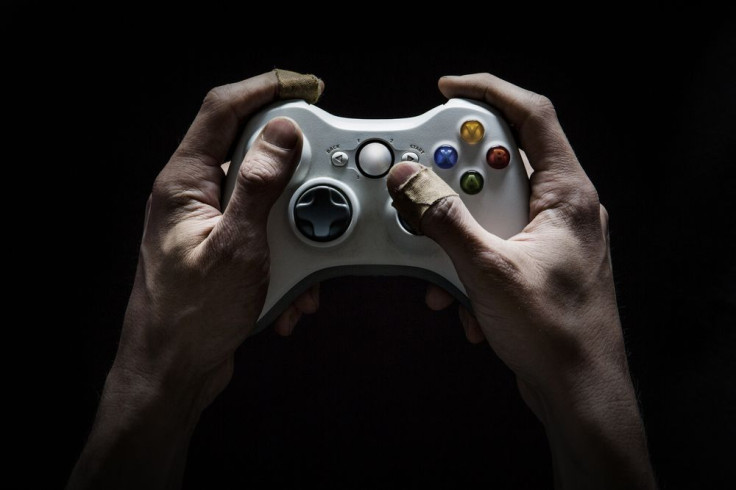How Video Games Help People With Dyslexia Read, Focus: Improving Reading Comprehension With Gaming Skills

New research suggests that video games may be potential tools for improving concentration and reading in people with dyslexia, offering even more solid scientific footing for the growing number of researchers who believe that the medium has a clear place in 2010s therapy.
According to Dr. Vanessa Harrar, a researcher at Oxford University who led the new study, the findings build on the well-documented link between video gaming and sharpened attention skills. In this particular case, we’re dealing with something called “cross-sensory shift of attention.” “Imagine you are having a conversation with someone when suddenly you hear your name uttered behind you," she explained in a press release. “Your attention shifts from the person you are talking to — the visual — to the sound behind you. This is an example of a cross-sensory shift of attention.”
Now, you’d be forgiven if you fail to see how this applies to dyslexia, which is typically taken to refer to reading difficulties rather than issues toggling between senses. It does seem a little counterintuitive that an hour of Flappy Bird has anything to do with a dyslexic’s subsequent capacity to negotiate a chapter of Deleuze. However, if you look close enough, you will find that the fundamental task of a video game is the very same that people with dyslexia fail to carry out when they conflate lines and letters.
Harrar, who, by the way, has struggled with reading and writing difficulties herself, explains this relationship in the following way: “People with dyslexia have difficulty focusing and refocusing their attention, likely causing them to move their eyes differently across a line of text,” she and her colleague Dr. John Stein wrote in an email to Medical Daily. “Dyslexia is therefore linked to brain circuits known as magnocellular, which respond to fast moving stimuli.” It follows that, for the dyslexic, the problem is really a limited ability to sort out the sensory world around her.
The new study, which is published in the journal Current Biology, cites an experiment with a pragmatically low-brow video game whose only objective involved pressing a button in response to a light, sound, or a combination of light and sound. Harrar, Stein, and colleagues found that participants with dyslexia had particular problems executing this task when the game’s stimuli toggled back and forth between auditory and visual cues. They exhibited “sluggish attention shifting,” the research team wrote.
Harrar is confident that, for this reason, action-oriented video games featuring fast-paced sensory attention shifts would help dyslexics improve their cross-sensory skills and thereby promote higher reading comprehension. "We propose that training people with dyslexia to shift attention quickly from visual to auditory stimuli and back — such as with a video game, where attention is constantly shifting focus — might also improve literacy,” she told reporters. “Action video games have been shown to improve multitasking skills and might also be beneficial in improving the speed with which people with dyslexia shift attention from one task, or sense, to another.”
The findings add to the growing number of efforts to find new therapeutic tools for people with reading and writing difficulties like dyslexia. Another example is the Dutch graphic designer Christian Boer’s new typeface “Dyslexie,” which helps dyslexics read by emphasizing the integrity and uniqueness of each letter in the alphabet. Researchers hope that these efforts will eventually make it much easier for everyone to enjoy and work with texts without worrying about comprehension.
Source: Harrar V, Tammam J, Perez-Bellido A, Pitt A, Stein J, Pence C. Multisensory Integration and Attention in Developmental Dyslexia. Current Biology. 2014.
Published by Medicaldaily.com



























